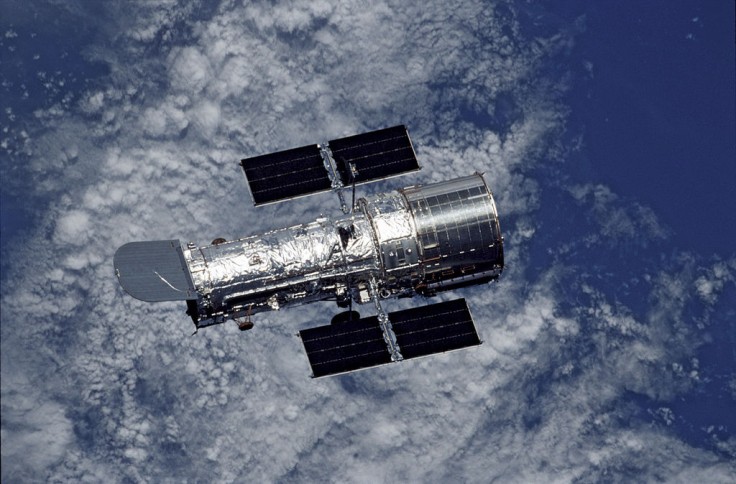
NASA has determined the possible cause of the payload computer problem that has affected the Hubble Space Telescope. Now, it would take a "risky" maneuver to fix it.
NASA: Power Control UnitIis the Culprit
According to a NASA statement on its website, the Hubble team said the possible cause of the Hubble's computer woes since it went on safe mode last June 13 is in the Power Control Unit (PCU), which secures a stable voltage supply to the payload computer's hardware. Investigations showed that the PCU's power regulator was "outside of acceptable levels" that has led to a tripping of a secondary protection circuit inside the unit.
The power regulator, NASA said, provides a constant five volts of electricity to the payload computer and its memory. The secondary protection circuit monitors voltage levels leaving the power regulator. Once this voltage exceeds or falls below allowable levels, the secondary circuit would command the payload computer to stop working.
Another possible cause of the malfunction was that the secondary protection unit has degraded over time and has stalled in an inhibit state. Since the PCU could not be reset from the ground, the Hubble team will switch over to initialize a backup of the Science Instrument Command and Data Handling (SI C&DH) unit, which also contains the backup PCU. Procedures to execute the switch and other associated reviews have been completed, as NASA gave the team the go-signal to proceed.
The switch to the backup SI C&DH unit will commence on Thursday, July 15, and if it succeeds, the normalizing of Hubble operations will take several more days, Space.com noted.
After NASA completes the switch, the SI C&DH will no longer have a backup. And if this backup unit fails in the future, the Hubble is good as dead.
The US space agency reiterated that the telescope itself and the other science instruments remain in good condition, but bringing back the Hubble online is still critical.
Hubble Back-Up Maneuver Risky, Has No Room for Error
Engineers, however, consider this switch as "riskier" than expected since they first assessed the problem. Since they don't see the spacecraft or watch the progress of the switch operation, engineers need to make sure that command uploads would do exactly what they intend to do, said Paul Hertz, director of NASA's astrophysics division in an interview with Business Insider.
Hertz said in doing the procedure, "you just don't want to break anything," such as accidentally turning off a radio receiver or swap a battery that isn't ready for any change. In other words, there's no room for error.
Because of this, engineers did simulations for the backup process, as they checked and double checked their plans before NASA approved the process. Additional simulations were done on Hubble-mimicking computers on the ground, with two reviews completed on the backup switching.
Hertz told the team to make sure everything was in order no matter how long it takes. Hertz said, "I've told the team: I'm not in a hurry." For him, to safely recover Hubble is paramount, not bring it back online as quickly as possible.









